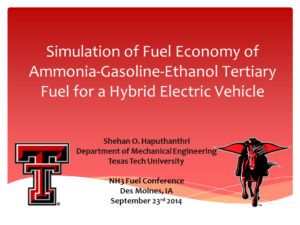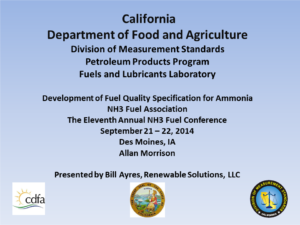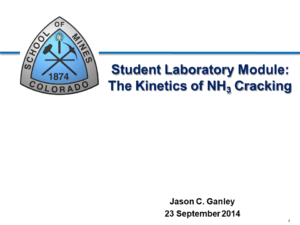Presentation
Numerical investigation of combustion characteristics of ammonia-air mixtures under high pressure lean conditions
In this numerical study we investigate the combustion characteristics of ammonia-air mixtures at elevated pressure and lean conditions which are encountered in gas turbine combustors. The Konnov mechanism is implemented to predict the laminar burning velocity, autoignition, species concentrations and the sensitivity analysis of ammonia decomposition and laminar flame speed. A laminar premixed freely propagating flame model is implemented to calculate burning velocity, mole fractions of species, and contribution of reactions in molar conversion of specific species. Also a homogenous reactor model is used to analyze the temporal mole fraction of radicals and ignition delay time. Effects of adding hydrogen…





